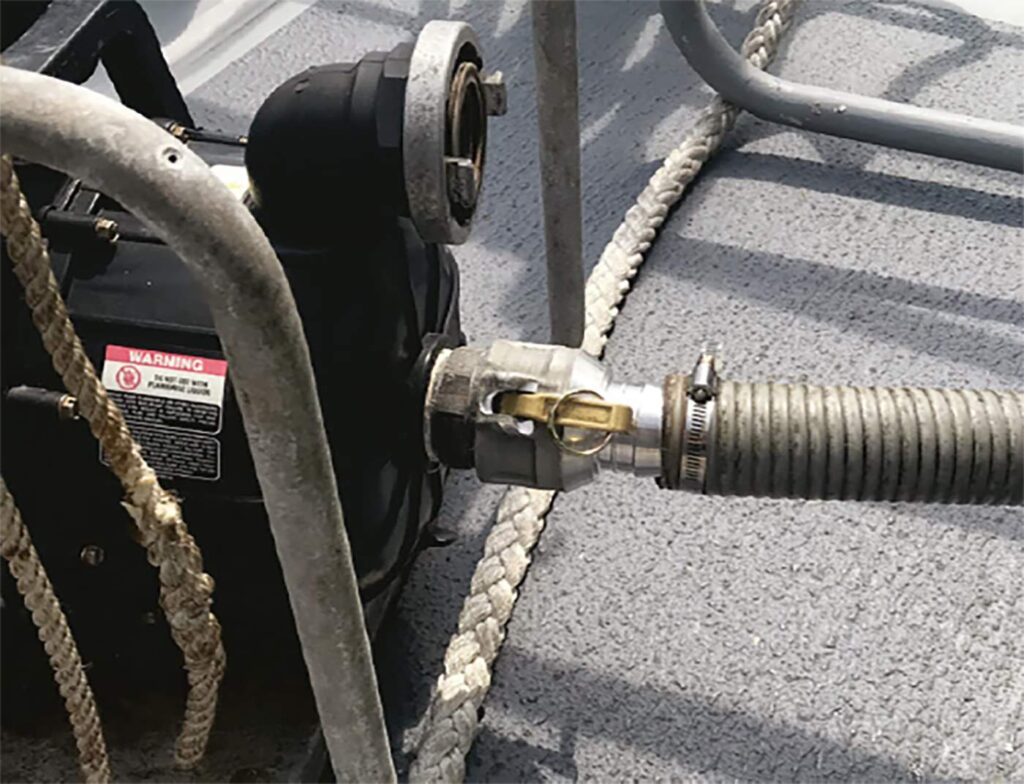
Australian marine test 3D metal printing to optimize maintenance
Together with Spee3D the Australian navy investigates AM for manufacturing spare parts
The Royal Australian Navy has started a two-year project with Spee3D. The goal is to optimize the maintenance of the naval ships by using the additive manufacturing technology of Spee3D.
The Royal Australian Navy has been training engineers in both CAD and 3D printing since 2018, with the ambition to improve the spare parts logistic by 3D printing on demand. The new project, in which the Australian government is investing $1.5 million, is in line with this ambition. Instead of sourcing parts from the regular supply chain, the navy wants to 3D print them on demand on the Australian manufacturer’s AM machine. So far, this is unique in the maintenance of naval ships.
Hose coupling printed on Spee3D printer passes all tests

Hose coupling for patrol boats
As a first step, the parties, including the Advanced Manufacturing Alliance and Charles Darwin University, have selected a component that needs to be replaced on a regular basis. It concerns a hose coupling with a diameter of 50 mm. On the patrol boats this is used to connect hoses, e.i. to the pumps. In accordance with the standard specifications, the part has been designed for 3D printing, where the geometry has been adapted to the possibilities offered by Spee3D’s AM machines. They were then printed on the LightSpee3D machine. This is the smallest 3D metal printer in the Spee3D range, with a volume of 350 by 300 mm. Aluminium 6061 was used as material.
NATA accredited laboratory test
Each printed part is tested by a NATA-accredited external test laboratory to see if it meets all requirements, such as pressure resistance. The Navy has also carried out an internal risk assessment. After that, the first parts were tested aboard a patrol boat of the Australian Navy. This shows that the printed parts are at least as good or even better than the cast parts that have been used for this purpose so far. The big advantage of 3D printing is that the spare parts are available much faster. This improves the operational deployment of the naval ships.
Presentation during AM for Defense Conference
Spee3D has also developed a special AM machine for military use, the WarpSpee3D. Here parts up to 1000 by 700 mm can be produced. Stefan Ritt, CEO of Spee3D in Europe, will soon give a presentation on the use for maintenance in the military during the Virtual AM for Defense Conference.










2 Comments